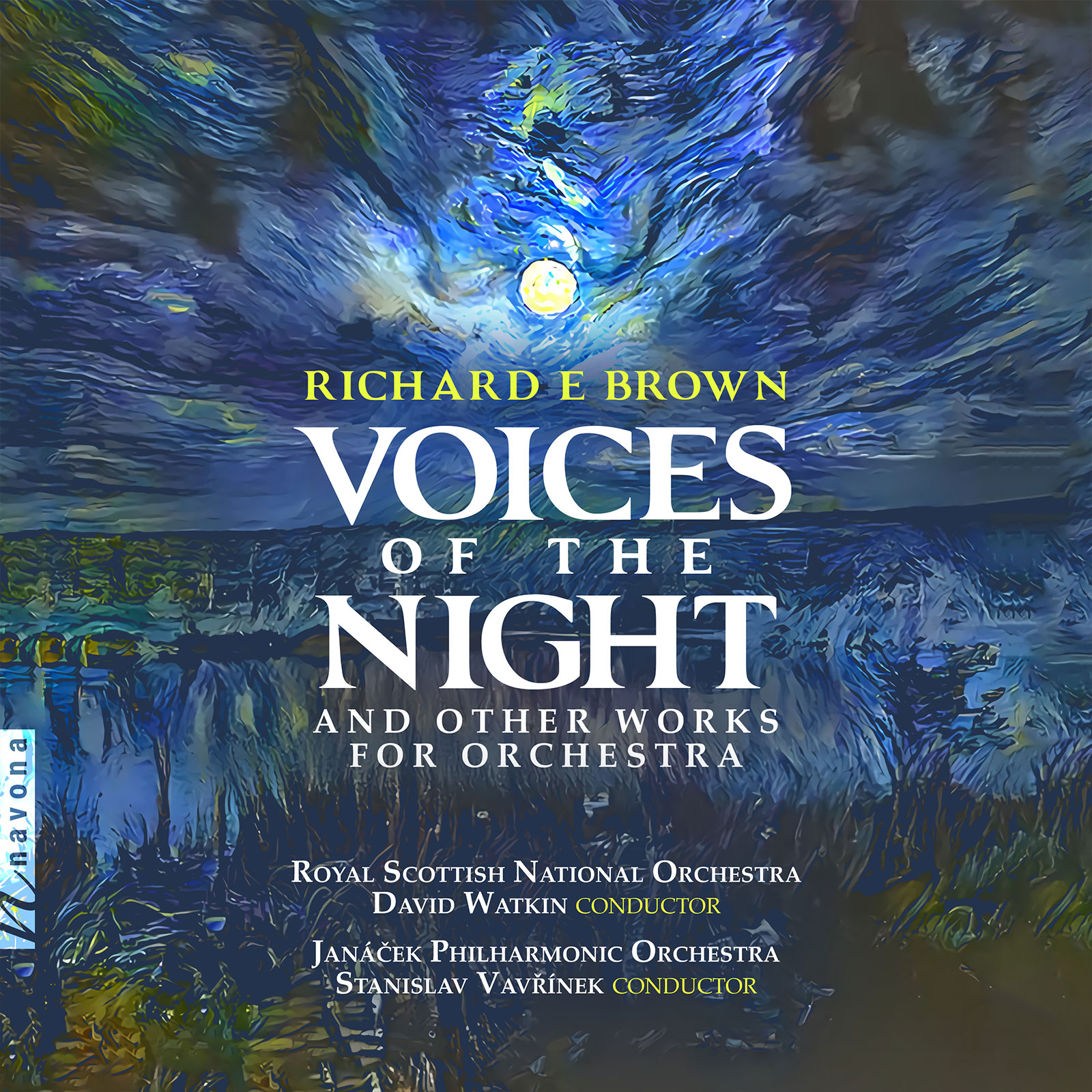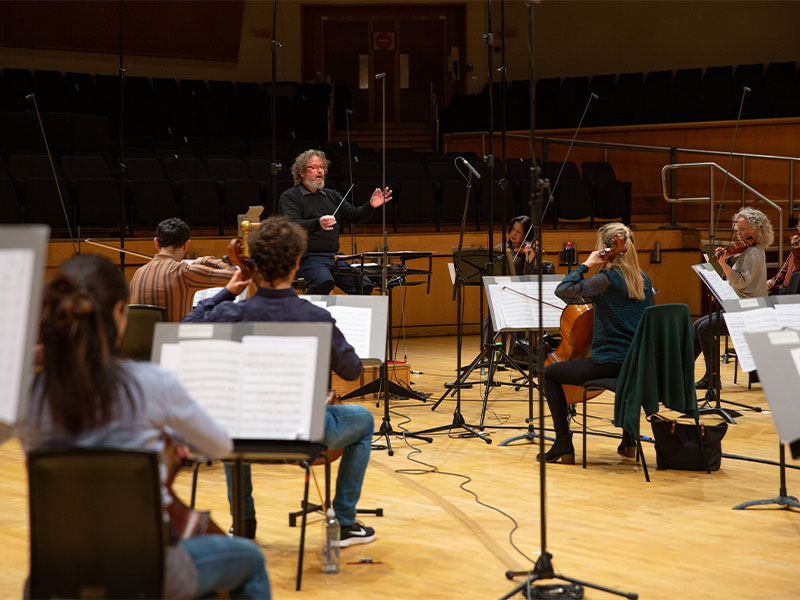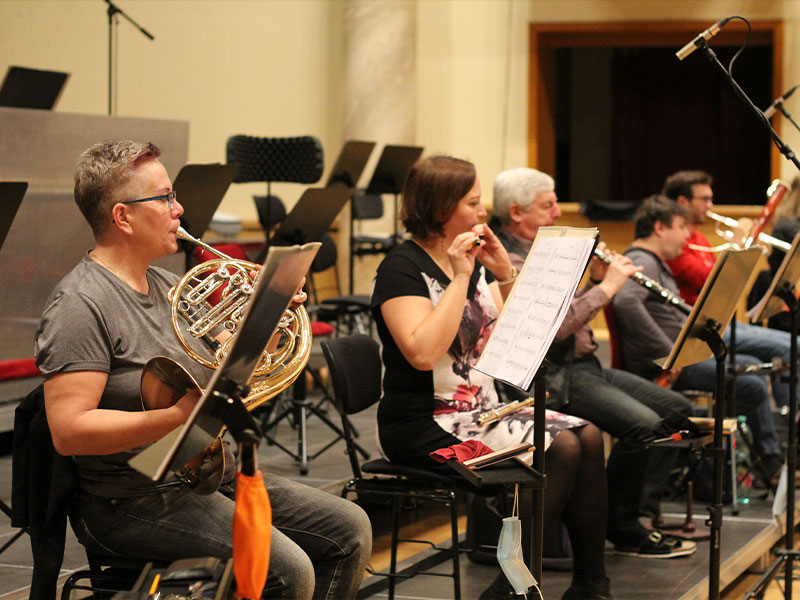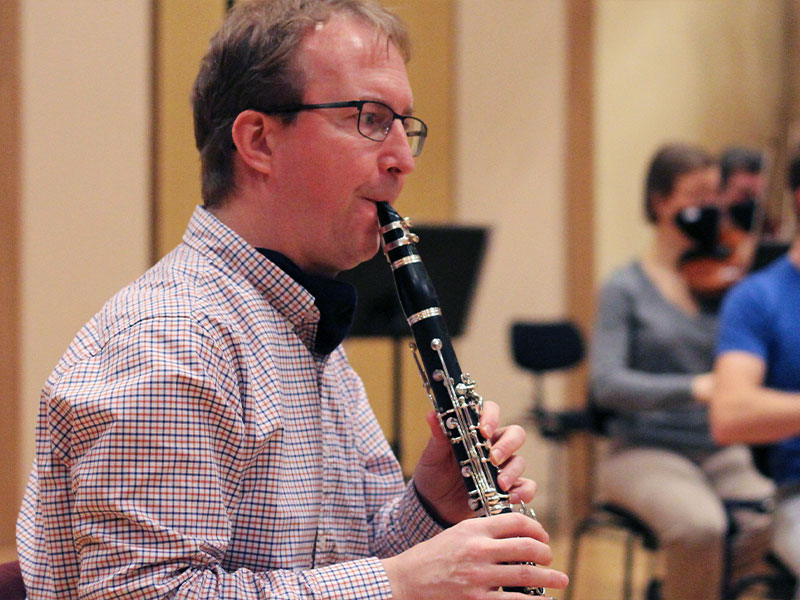Voices of the Night
Richard E Brown composer
Royal Scottish National Orchestra | David Watkin conductor
Janáček Philharmonic Ostrava | Stanislav Vavřínek conductor
With VOICES OF NIGHT, composer Richard E Brown introduces a formidable set of works to American orchestral repertoire. His lush orchestration gives his works depth and texture, while individual instruments cut through to create musical narratives that whisk listeners through lyrical passages and dancelike rhythms. While his pieces thrive on the suspenseful and dramatic, they are by no means a pure emotional onslaught—for every build and crescendo, Brown returns to calmness and simplicity. His ability to wrest control of the orchestra from rafter-shaking crests to gentle melodies provides each piece with breathing room, making them all the more powerful.
Listen
Stream/Buy
Choose your platform
Performance Video
Richard E Brown – Voices of the Night: A Nocturnal Fantasy for Orchestra
Track Listing & Credits
| # | Title | Composer | Performer | |
|---|---|---|---|---|
| 01 | Voices of the Night: A Nocturnal Fantasy for Orchestra | Richard E Brown | Royal Scottish National Orchestra | David Watkin, conductor | 9:50 |
| 02 | Concerto for Clarinet and Chamber Orchestra: Sostenuto; Poco allegro; Tempo I | Richard E Brown | Janáček Philharmonic Ostrava | Stanislav Vavřínek, conductor; Karel Dohnal, clarinet | 10:39 |
| 03 | Concerto for Clarinet and Chamber Orchestra: Adagio; cadenza | Richard E Brown | Janáček Philharmonic Ostrava | Stanislav Vavřínek, conductor; Karel Dohnal, clarinet | 8:14 |
| 04 | Concerto for Clarinet and Chamber Orchestra: Allegro; Più allegro | Richard E Brown | Janáček Philharmonic Ostrava | Stanislav Vavřínek, conductor; Karel Dohnal, clarinet | 7:34 |
| 05 | Paisano Suite: Prelude | Richard E Brown | Janáček Philharmonic Ostrava | Stanislav Vavřínek, conductor | 1:53 |
| 06 | Paisano Suite: Scherzo | Richard E Brown | Janáček Philharmonic Ostrava | Stanislav Vavřínek, conductor | 1:42 |
| 07 | Paisano Suite: Berceuse | Richard E Brown | Janáček Philharmonic Ostrava | Stanislav Vavřínek, conductor | 2:56 |
| 08 | Paisano Suite: Fugue | Richard E Brown | Janáček Philharmonic Ostrava | Stanislav Vavřínek, conductor | 2:04 |
| 09 | Paisano Suite: Pastorale | Richard E Brown | Janáček Philharmonic Ostrava | Stanislav Vavřínek, conductor | 2:46 |
| 10 | Paisano Suite: Caprice | Richard E Brown | Janáček Philharmonic Ostrava | Stanislav Vavřínek, conductor | 2:01 |
| 11 | Paisano Suite: Romanza | Richard E Brown | Janáček Philharmonic Ostrava | Stanislav Vavřínek, conductor | 4:18 |
| 12 | Paisano Suite: Finale | Richard E Brown | Janáček Philharmonic Ostrava | Stanislav Vavřínek, conductor | 2:32 |
| 13 | Expansions for Orchestra | Richard E Brown | Janáček Philharmonic Ostrava | Stanislav Vavřínek, conductor | 7:56 |
Voices of the Night
Recorded March 24, 2021 at
Glasgow Royal Concert Hall, United Kingdom
Session Producer Brad Michel
Session Engineer Hedd Morfett-Jones
Editing & Mixing Brad Michel
Concerto for Clarinet and Chamber Orchestra
Recorded December 9-10, 2020 at Dům Kultury města Ostravy (The Ostrava House of Culture), Ostrava, Czech Republic
Session Producer Jan Košulič
Session Engineer Jana Jelínková
Assistant Engineer Mikhail Pavlov
Editing & Mixing Brad Michel
Paisano Suite
Recorded October 26-27, 2021 at Dům Kultury města Ostravy (The Ostrava House of Culture), Ostrava, Czech Republic
Session Producer Jan Košulič
Session Engineer Aleš Dvořák
Editing & Mixing Melanie Montgomery
Expansions
Recorded May 25, 2021at Dům Kultury města Ostravy (The Ostrava House of Culture), Ostrava, Czech Republic
Session Producer Jan Košulič
Session Engineer Pavel Kunčar
Editing & Mixing Lucas Paquette
Executive Producer Bob Lord
Executive A&R Sam Renshaw
A&R Director Brandon MacNeil
A&R Danielle Lewis
VP of Production Jan Košulič
Production Director Levi Brown
Audio Director Lucas Paquette
Production Assistant Martina Watzková
Mastering Brad Michel
VP, Design & Marketing Brett Picknell
Art Director Ryan Harrison
Design Edward A. Fleming, Morgan Hauber
Publicity Patrick Niland, Aidan Curran
Content Manager Sara Warner
Artist Information
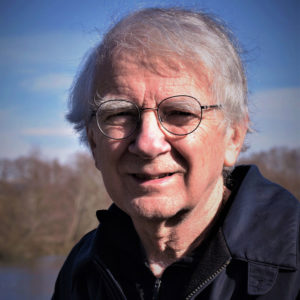
Richard E Brown
Richard E. Brown, a native of New York State and has been active as a composer-arranger and music educator for many years. His training includes M.M. and D.M. degrees in composition from Florida State University, as well as a B.A. in music education from Central College, which named him a Distinguished Alumnus in 1983. His principal composition studies were with Carlisle Floyd, John Boda, and Charles Carter.
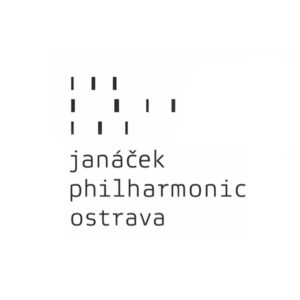
Janáček Philharmonic Ostrava
The Janáček Philharmonic is a world-class symphony orchestra based in Ostrava, Czech Republic and an emerging figure on the international performance scene. With over 100 top-level musicians, the orchestra aims to introduce unique, quality repertoire while showcasing their own recognizable sound.
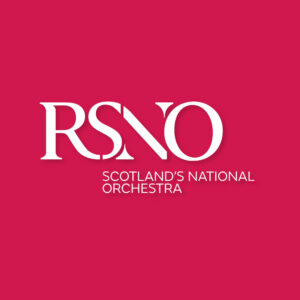
Royal Scottish National Orchestra
Formed in 1891 as the Scottish Orchestra, the company became the Scottish National Orchestra in 1950, and was awarded Royal Patronage in 1977. Throughout its history, the Orchestra has played an integral part in Scotland’s musical life, including performing at the opening ceremony of the Scottish Parliament building in 2004. Many renowned conductors have contributed to its success, including George Szell, Sir John Barbirolli, Walter Susskind, Sir Alexander Gibson, Neeme Järvi, Walter Weller, Alexander Lazarev and Stéphane Denève.
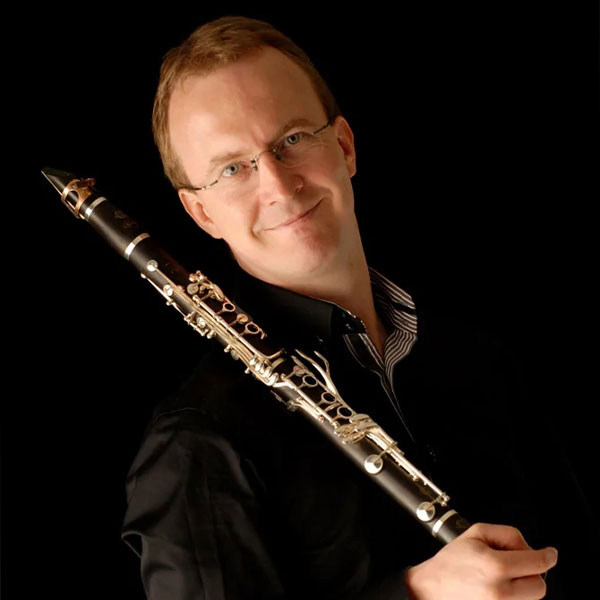
Karel Dohnal
Clarinetist Karel Dohnal is an active soloist with a wealth of experience performing in many countries in Europe, South and North America, and Asia. A graduate of the Ostrava Conservatoire and Prague´s Academy of Music, he also studied at the Guildhall School of Music and Drama in London, Universität der Künste Berlin, and Rimsky-Korsakov State Conservatory in St. Petersburg. He is also a laureate at competitions in Prague, Rome, Bayreuth, Seville, and London.
